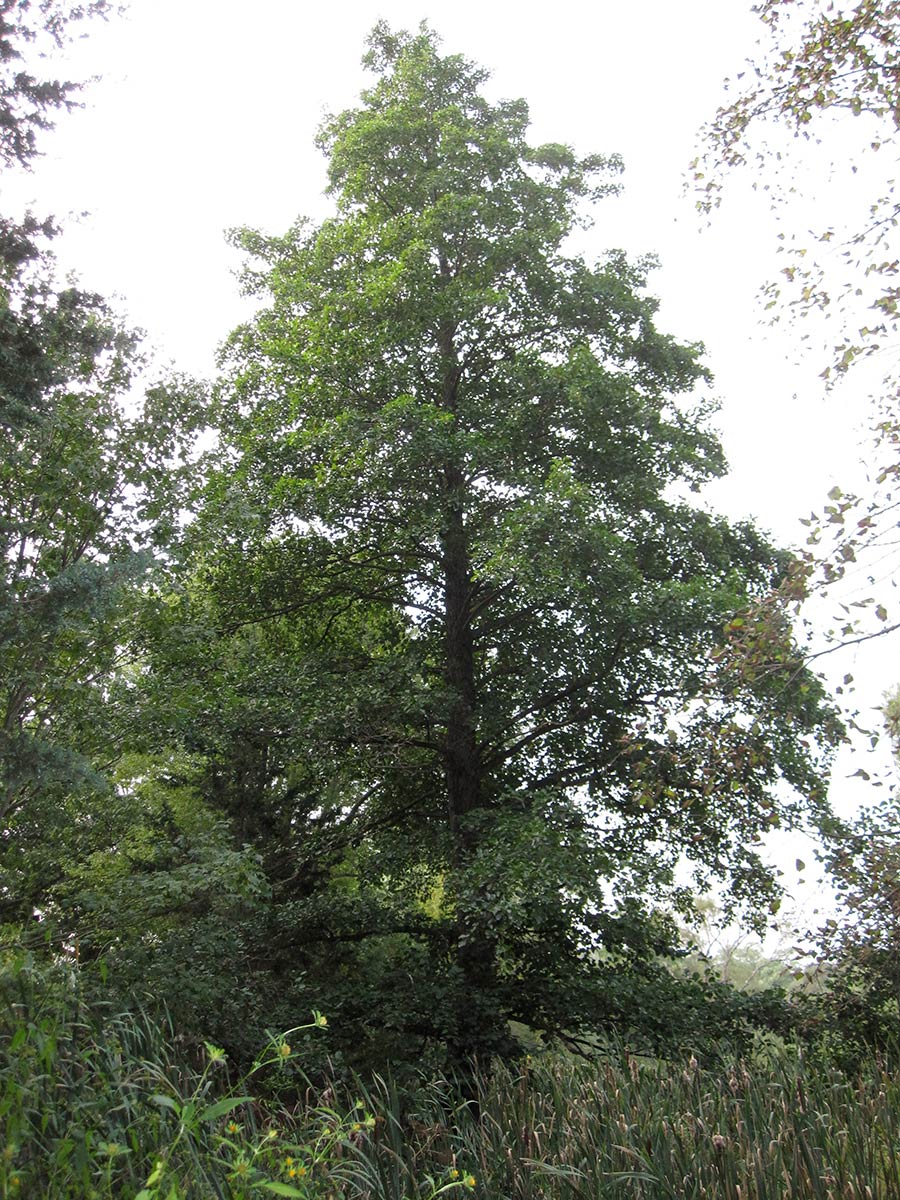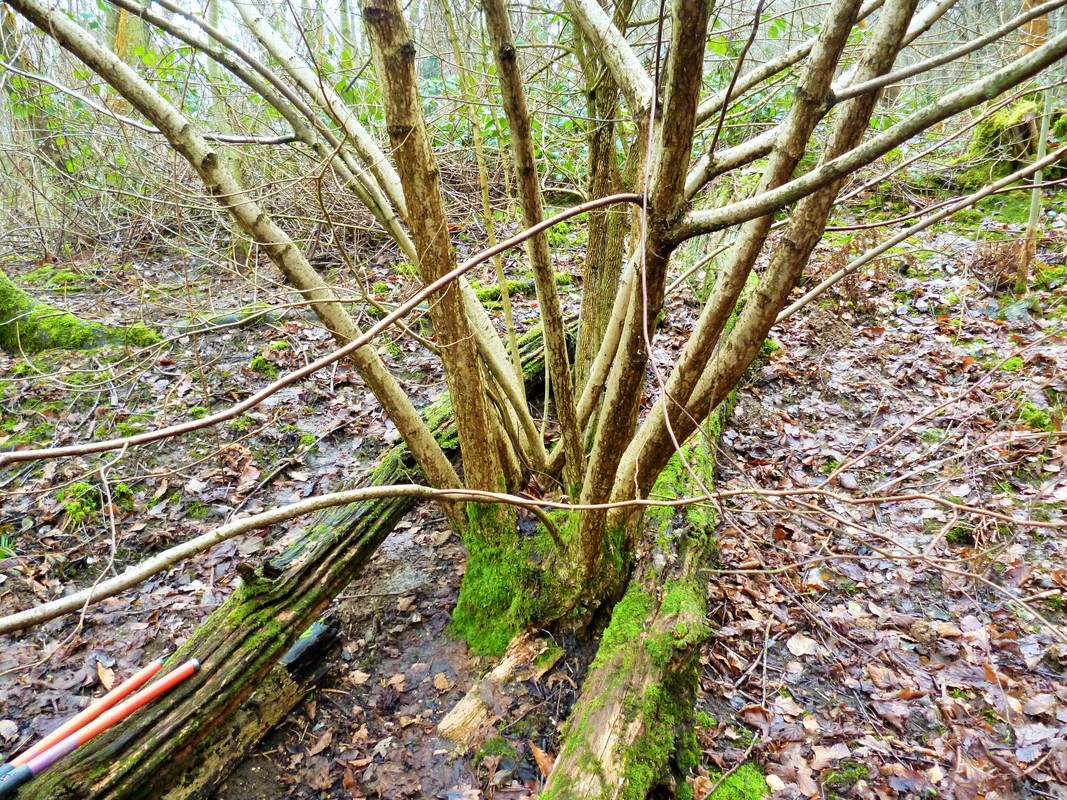

The words ‘timber’ and ‘wood’ have historically described different woodland products. Periods of felling occurred during time of war, as well as after the Dissolution and during the Commonwealth. During the reign of Henry VIII, there was a legal requirement that at least 12 standards per acre (30 per hectare) be grown, but at other times numbers varied greatly, according to the demand. The coppice or underwood suppressed the lower side branches of the standard trees, so encouraging the growth of tall, unbranched trunks. Under this system, some trees are grown as standards over a longer rotation, with the coppice beneath cropped at more frequent intervals. The system of ‘coppice with standards’ is also ancient, with records of felling dating from the 1200s. Planting only became commonplace from the late 18th to the late 19th centuries, and then again in the period after World War II. However, the general pattern of species remained very close to the natural cover. Unwanted shrubs and invasive species such as birch were sometimes removed to favour the desirable species.

In some places coppices were ‘improved’ through encouraging the valuable species by layering, planting and natural regeneration, to fill any gaps where old stools died. Even in the late 18th century, it is recorded that ‘the underwood was not carefully selected and planted the production of it, both in quantity and quality was, for the most part left to chance’ (Peterken, 1981). It is unlikely that trees were planted for coppicing, or that any particular selection of species was made.

It is perhaps a paradox that a coppiced wood, with a structure which looks least like one’s idea of the ancient natural forest, is biologically closest to it. The long history of coppicing is the reason why ancient coppice woodlands can be seen as the direct descendants of the original wildwood. Large, mature trees are difficult to cut, transport and convert, whereas coppice growth is of a size which is easy to handle. The reason for its importance over such a long period was that it allowed the woodland crop to be harvested and converted with simple hand tools. Coppicing remained the most widespread method of woodland management until the mid 1800s. It’s estimated that 23,000 acres of coppice were required to provide charcoal for the Roman military ironworks in the Weald (Rackham, O, 1986). Archaeological evidence shows that coppice products were used for numerous rural needs throughout the Bronze, Roman and Saxon periods. Neolithic wattle trackways in the Somerset Levels are evidence of sophisticated coppicing systems which produced rods of exactly the same size. The practice of coppicing can be traced back to Neolithic times (4500 BC). Periodic cutting greatly extends the life of most trees, so that coppiced stools may be many hundreds of years old. Underwood species, which are all deciduous, respond to cutting by sending up multiple stems from the stools. The coppice trees and their produce are known as ‘underwood’. In most cases, one part of the wood, called a ‘coupe’, is harvested each year. Coppices or ‘copses’ are woodlands cut on a fairly short rotation of five to thirty years. ‘Coppice’ comes from the French word couper, to cut. In fact, these demands sustained the coppice woodlands, and it was with their demise that clearance increased. The wide-held belief that woodlands were cleared for charcoal, fuelwood for brick and lime kilns and for tanbark is erroneous.

Coppicing allowed the natural deciduous woodland to survive, in modified form, because of its exploitation for fuel, building wood and other purposes. From earliest times in Britain, woodland needs were fulfilled not by the felling of new areas of wildwood, but by the periodic harvesting of managed coppice plots.


 0 kommentar(er)
0 kommentar(er)
